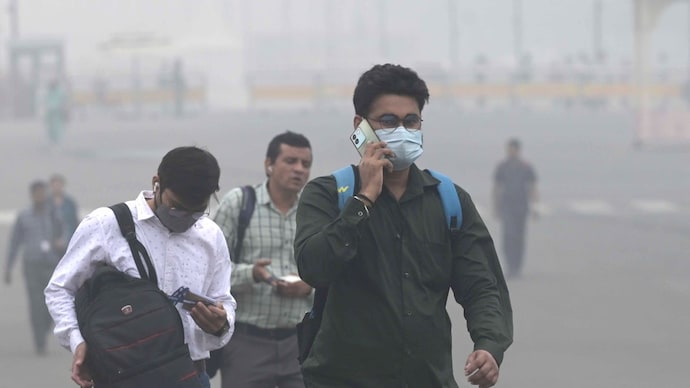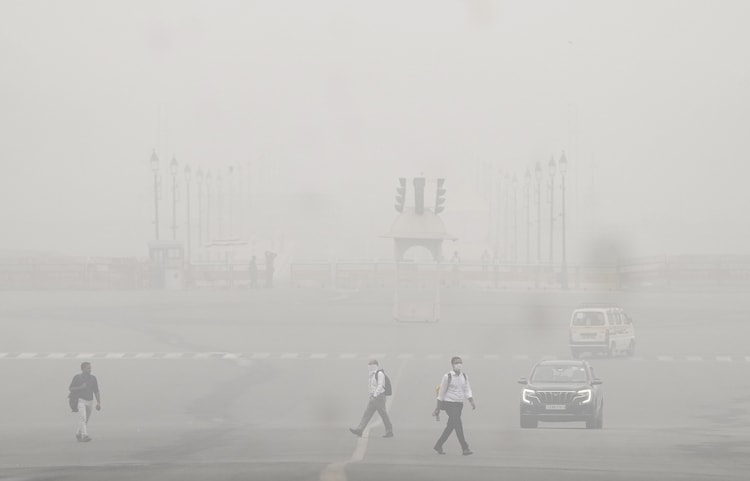
Breathing Delhi air is equivalent to smoking 25 cigarettes a day: Can it cause cancer?
Delhi’s air quality has reached dangerous levels; smoking 25 to 30 cigarettes per day is reducing life expectancy and increasing the risk of cancer due to pollution.

India’s national capital is suffocating as it is covered in toxic smog. Toxic PM 2.5 levels in New Delhi are around 247 µg/m3, much higher than the World Health Organization recommended guideline of 15 µg/m3. The air quality index (AQI) is rising above 400, reaching “hazardous” levels, causing citizens to suffer from persistent cough, watery eyes and fever.
Many lung diseases like COPD (Chronic Obstructive Pulmonary Disease), bronchitis, rhinitis and pneumonia are mainly caused by polluted air which contains high amounts of particulate matter, ozone, sulfur dioxide, carbon monoxide and nitrogen dioxide.
Lung experts say breathing Delhi’s air is equivalent to smoking 25 to 30 cigarettes a day, which is poison for people with healthy lungs. A report by the University of Chicago has revealed that the life expectancy of Delhiites is decreasing by 7.8 years due to air pollution.

Long-term exposure to high levels of air pollution has been conclusively linked to an increased risk of mortality from lung cancer. In fact, a report published by the Health Effects Institute, a US-based NGO, showed that there has been a 30 to 50% increase in lung cancer rates associated with exposure to respiratory particles.
But new research is proving that air pollution isn’t just limited to lung cancer, with a study published earlier this week finding a cancer risk that increases with exposure to pollution in the upper airways, especially the head and neck. Can even lead to cancer.
John Cramer said, “Head and neck cancers are hard to show and have a much lower incidence than lung cancer, but since they also result from smoking in the same way as lung cancer, we cannot detect any connection.” Wanted to put it.” , lead researcher of the study.
He added, “Potentially, head and neck cancer is related to the substances we breathe that hit the lining of the head and neck. We see a lot of incidents where carcinogens come into contact with or accumulate in the body.” Where cancer can occur.”

Cramer observed the strongest association between this type of pollution exposure with head and neck cancer after a five-year lag period. They focused on PM2.5, a particle measuring less than 2.5 microns, and its impact on head and neck aerodigestive cancer incidence.
Researchers at Tata Memorial Hospital, Mumbai, published their study in July this year, which found that the majority of people with lung cancer in India have never smoked. In fact, genetic makeup and air pollution were big drivers, with an incidence rate of 7.7 per 1,00,000 in 2019.
To reduce this rate, experts are suggesting using air purifiers at home, wearing masks like N95 or N99 when going out, adopting proper hygiene and staying hydrated.